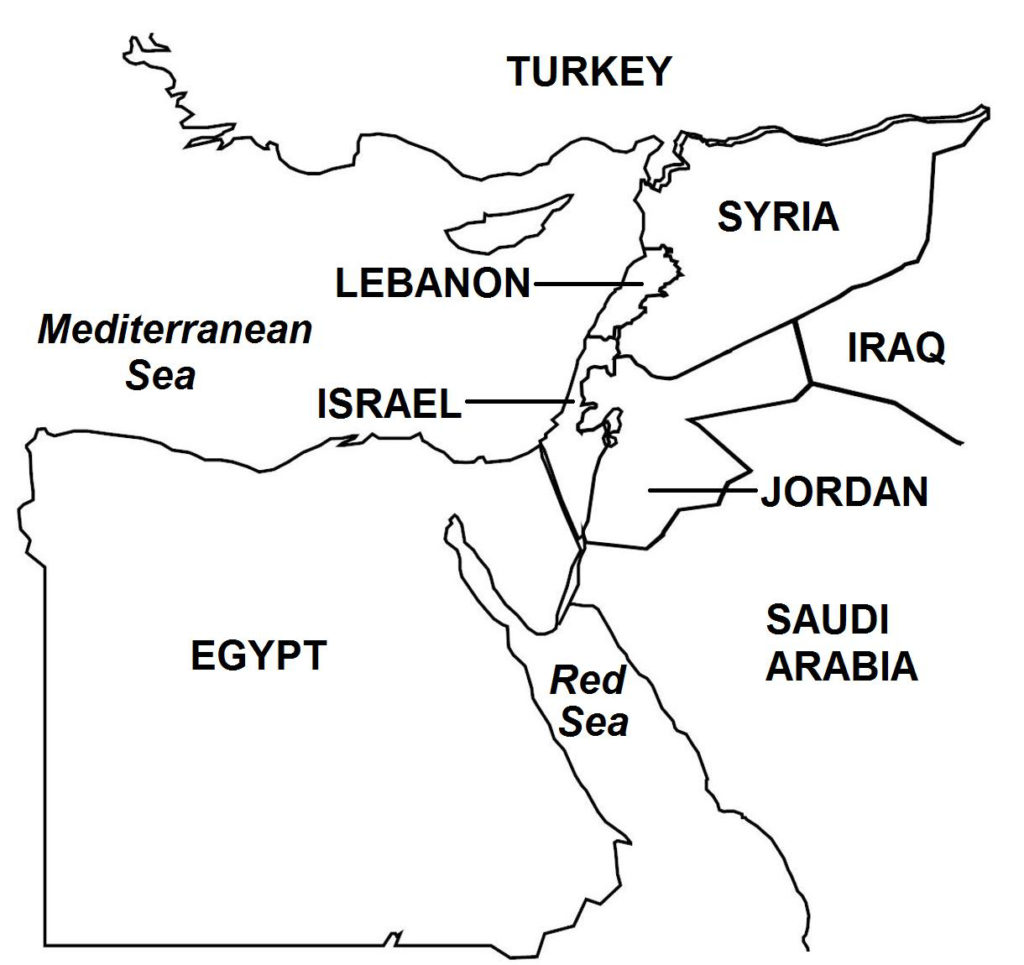On September 16, 1982, Phalange militias carried out the Sabra and Shatila massacre, where between 500 and 3,500 mostly Palestinian and Muslim civilians were killed in the Sabra neighbourhood and nearby Shatila refugee camp in Beirut. The Phalange was a militia associated with the Kataeb Party, a mainly Christian Lebanese right-wing party. The massacre occurred during the Lebanese Civil War (1975-1990) and the Israel military intervention in Lebanon (also known as the 1982 Lebanon War; 1982-1985).
The incident took place after the Palestinian Liberation Organization (PLO) had been withdrawn from Lebanon under UN supervision. Israeli forces believed that other PLO fighters were hiding in Sabra and Shatila, and instructed their Phalange allies to clear these areas, leading to the mass killings. The massacre also occurred one day after the assassination of newly elected Lebanese president Bachir Gemayel of the Kataeb Party, which Israel and Phalange believed had been perpetrated by the PLO.
Israel’s intervention in Lebanon, the 1982 Lebanon War, was aimed at destroying the PLO camps in southern Lebanon. The Lebanese Civil War was a complex multi-faceted, multi-sectarian conflict that involved Lebanon’s government forces, many religious and ideological groups, complicated by the direct military interventions of Israel and Syria as well as being a proxy battleground of the Cold War.
(Taken from 1982 Lebanon War – Wars of the 20th Century – Volume 3)

Background Israel’s invasion of Lebanon in 1978 failed to achieve peace in the region of northern Israel and South Lebanon. After the war, the Palestine Liberation Organization (PLO) returned to South Lebanon, where it re-established authority and resumed its attacks on Israel. In turn, Israel launched air strikes against the PLO. The United Nations Interim Force in Lebanon (UNIFIL), which had arrived in South Lebanon after the war to enforce the ceasefire, was unable to stop the upsurge of violence. The Lebanese government itself had lost authority in South Lebanon, as it was embroiled in a bitter civil war, where the state had become powerless against the many rival sectarian militias that had carved up the country into separate zones of control. Syria also had sent its armed forces to Lebanon (at the request of the Lebanese government), occupied sections of the country, and exerted great influence in the country’s security and political climate.
By 1982, cross-border and retaliatory attacks by the PLO and Israel had increased considerably. Ariel Sharon, Israel’s defense minister, developed a plan to invade Lebanon with the following objectives: expel the PLO from South Lebanon, force out the Syrian Army from Lebanon, and install a pro-Israeli government consisting of Lebanese Maronite Christians. The Israeli government rejected the plan, however, reasoning that such a large-scale operation could potentially cost heavy casualties on the Israeli Army.
On June 3, 1982, Shlomo Argov, Israel’s ambassador to the United Kingdom, was seriously wounded in an assassination attempt carried out by the Abu Nidal Organization, a Palestinian militant movement that was a rival of the PLO. Israel then launched massive air and artillery attacks in South Lebanon. The PLO, declaring that it had nothing to do with the assassination attempt on the Israeli diplomat, retaliated with rocket attacks in northern Israeli villages near the border. On June 4, 1982, the Israeli government authorized its armed forces to invade South Lebanon.
War On June 4, 1982, Israeli forces crossed the Blue Line, the de facto Israel-Lebanon “border”. Israel’s initially stated objective was to push the PLO twenty-five kilometers north of the Blue Line, a distance that would place northern Israel out of reach of Palestinian artillery fire. Israeli forces hoped to complete the operation within 24 hours. As the war progressed, however, Israel would expand its military, as well as political, objectives.
The Israeli offensive was carried out along three fronts: from the Mediterranean coast to deny the PLO an escape route to the sea; from central Lebanon in the direction of the Beirut-Damascus Road; and along the Syria-Lebanon border to cut off supply lines from Syria. The Israelis also carried out amphibious landings of armored and infantry units north of Sidon to seal off a northward escape route for the PLO. Artillery from Israeli ships shelled South Lebanon’s coastal roads to disrupt PLO logistical lines.
